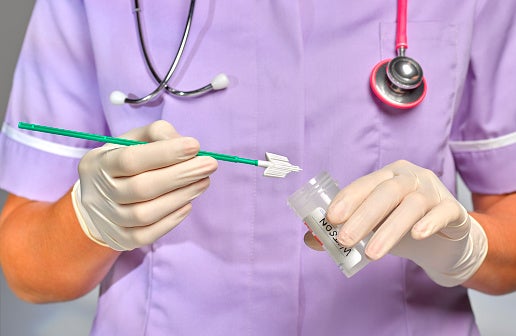Rare ‘flesh eating’ STI becoming more common in the UK, says doctor
Cases are still extremely low, with around twenty people getting the disease each year

A sexually-transmitted infection that causes angry red ‘flesh-eating’ genital ulcers is becoming more common in the UK, a doctor has warned.
Donovanosis is still extremely rare, with only 20 or 30 cases each year, and is more common in India, South America and Southeast Asia.
However, Dr Shree Datta from MyHealthCare Clinic, said that “figures suggest that Donovanosis ... is becoming more common on these shores.”
It has been dubbed “flesh-eating” because the bloody-filled lesions destroy the skin.
“As well as the awful symptoms, it’s important people are aware that it’s a known risk factor for the transmission of HIV,” Dr Datta added.
According to data from Public Health England, there were only 30 reported cases of Donovanosis in the UK in 2019.
That was up from 19 in 2016, 26 in 2017, and 21 in 2018. However in 2020 reported cases of Donovanosis dropped to 18 as people spent time in coronavirus lockdowns.
After a person gets infected, symptoms tend to appear one to 12 weeks later.
Symptoms include painful genital ulcers that worsen and spread and often cause bleeding. If left untreated, the infection can start to destroy a person’s genital tissue and attack other parts of the body.
A course of antibiotics is needed to fight the infection.
Dr Datta added: “The early signs are lumps around the genitals or anus that increase in size and take on a beefy-red appearance.
“These can develop into ulcers that, without treatment, can become infected, which can result in pain and an unpleasant smell. It’s more likely to affect men.”
Data from Public Health England shows that London has the highest number of cases of Donovanosis - with 42 infections recorded over the last five years. There was a spike of 19 cases in 2019.
North-west England had the second highest number of cases, with 21 over the same period.
Join our commenting forum
Join thought-provoking conversations, follow other Independent readers and see their replies
Comments
Bookmark popover
Removed from bookmarks